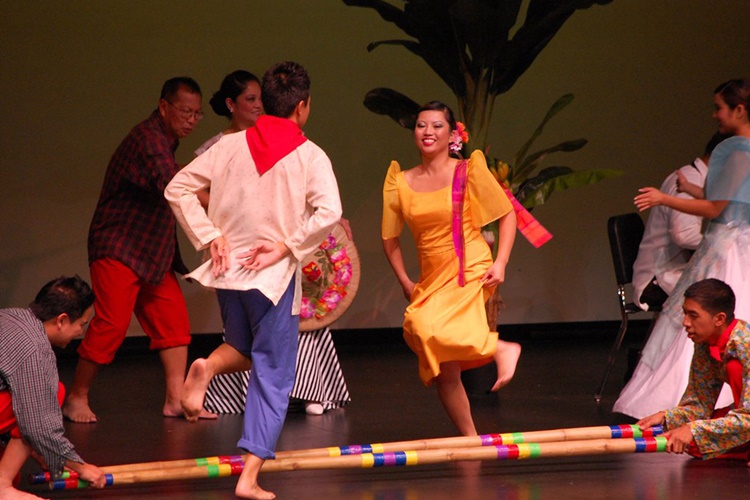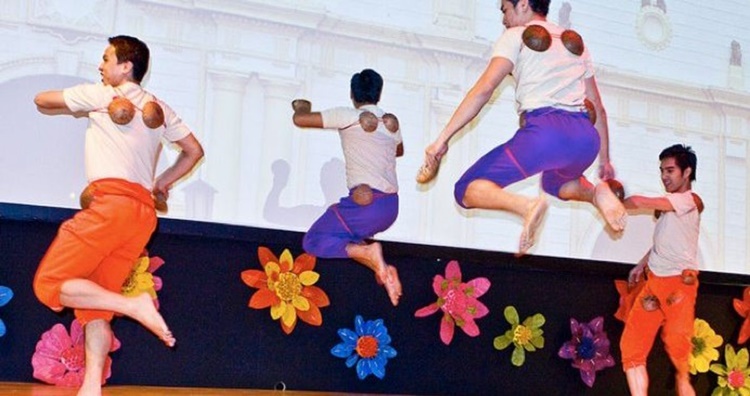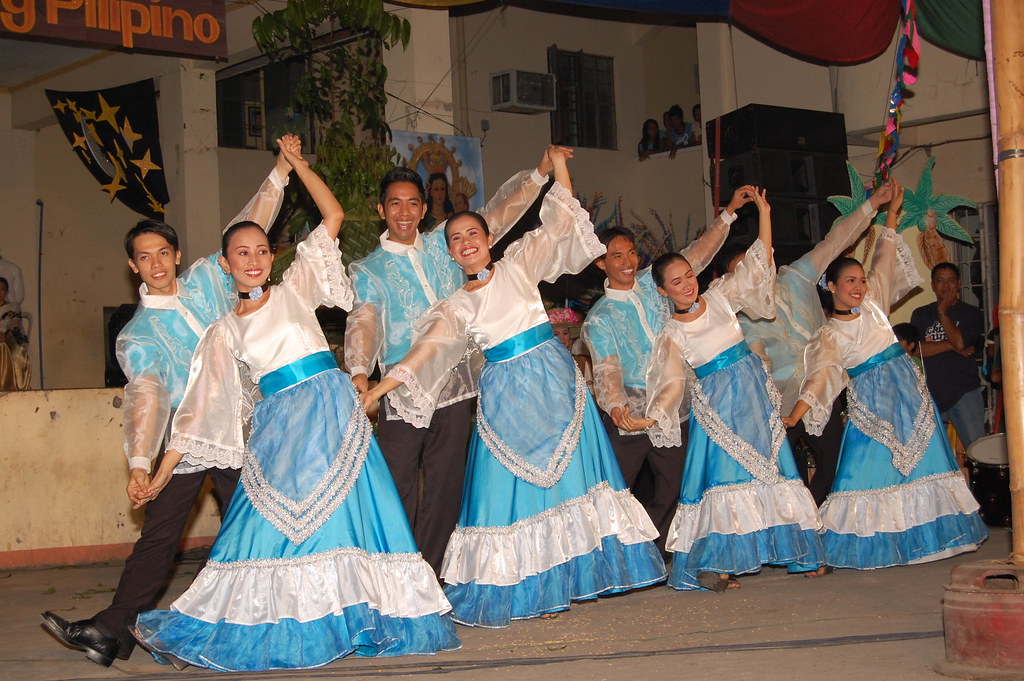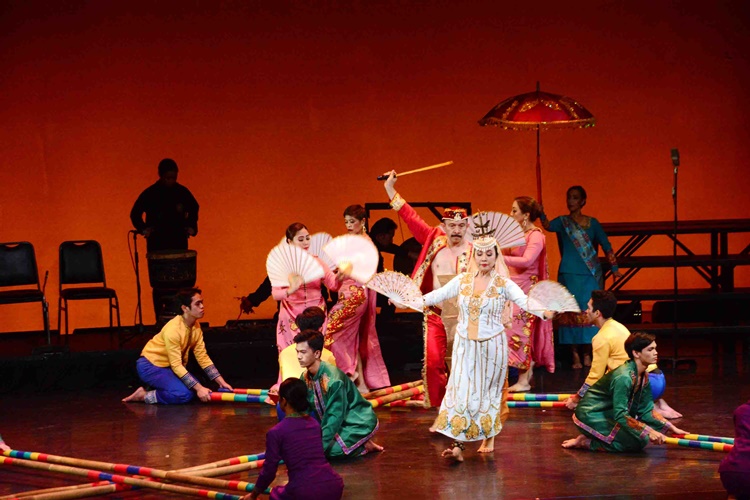List of Philippine Folk Dances & Where they Originated
PHILIPPINE FOLK DANCES – Are you checking on the different dances in the Philippines, their origin, and their special features?
The Philippines has several native dances that originated from the different places across the nation. You can check these dances below which include the most popular native dances in the country:
Tinikling
One of the most popular Philippine folk dances is Tinikling. It is the Philippine national dance and it originated from Leyte in Visayas. This dance got its named from Tikling, a bird specie that is known for its grace and speed. It is characterized by dancers dancing between bamboo poles.

Maglalatik
This festive dance originated in Biñan, Laguna. It is a war dance which depicts the fight between the Moros and the Christians over latik, a residue left after boiling the coconut milk. The dancers wear coconut shells attached to their bodies.

Binasuan
Also one of the Philippine folk dances is the Binasuan which originated from Bayambang, Pangasinan. Its most popular feature is seeing dancers dancing with three (3) glasses half-full of rice wine. The glasses are place on both hands of the dancer and the head. This is a dance showing balance aside from grace.

Cariñosa
Also one of the Philippine folk dances is the Cariñosa which was introduced by the Spaniards in the 16th Century. This romantic dance means “loving one” or “affectionate one”. This is a dance that lets the body do the talking through its movements. Dancers wear Barong Tagalog and Maria Clara gown. Sometimes, the dancers wear Camisa de chino and Patadyong kimona.

Pandanggo sa Ilaw
Another folk dance in the Philippines is the Pandanggo sa Ilaw which originated in Lubang Island, Mindoro. It has a Spanish influence and the dancers balance three (3) glasses with candles or oil lamps — one of their head and one on each of their palms.

Singkil
Singkil originated in Lake Lanao in Mindanao. This dance tells the story of the rescue of Princess Gandingan by Prince Bantugan. Just like Tinikling, the dancers usually hold either fans, scarves, or moving their hands while dancing in between the bamboo poles.

